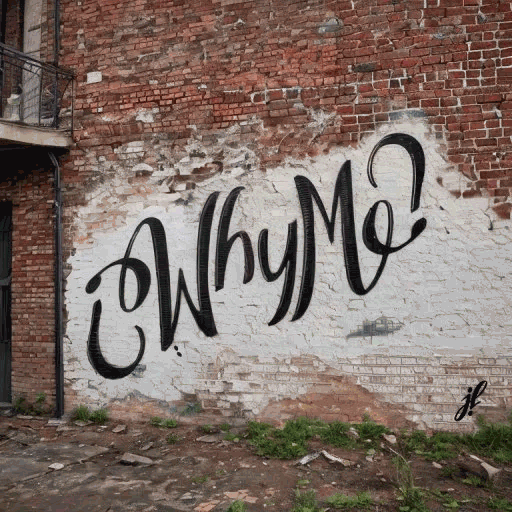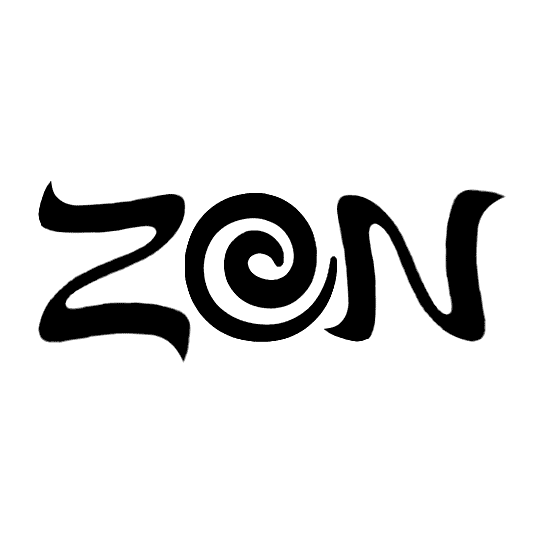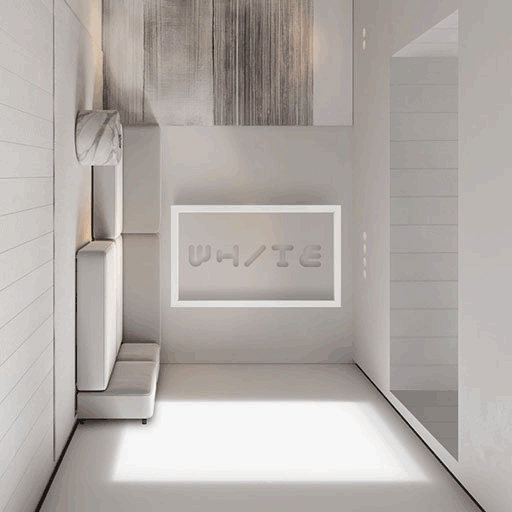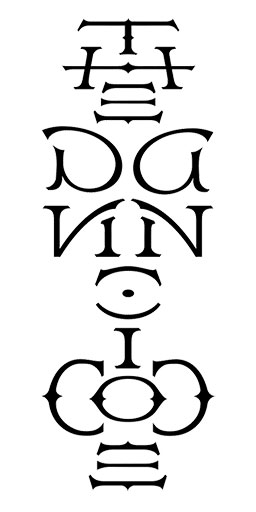 Translation ambigrams
Translation ambigrams 
It’s when you move something.
Wait, is that a thing? Why is this a geometric transformation? You just moved something, but it stays the same.
Well, follow me for a second. Put an ambigram on the table. Now stand up. Now step back. Now go to the other side of the table. Did something happen to the art itself? No. Did you see it from a different perspective when you stepped back and when you got to the other side? Yes. You moved, the projection changed. You rotated around the table, the projection changed again. Got it now? Well, in our study, the spectator stays still and the art gets rotated, reflected or translated.
So does this mean that, if I write something on a piece of paper, read it, then move it and read it again, is this an ambigram? What are you talking about? This is just silly.
No, my friend. We shall change our perception on what a translation on an ambigram art piece really is.
Think of pacman for a moment. When he gets to the right side of the screen, he appears on the left. Isn’t he always moving right?
Yes.
Now think of the screen being your art. Your ambigram. The canvas is not infinite. It’s the screen. When you move the ambigram to the right, the most-right letter disappears and reappears slowly from the left. This is a translation ambigram. Here’s a translation ambigram by Vassilis. It’s “paces into space”.
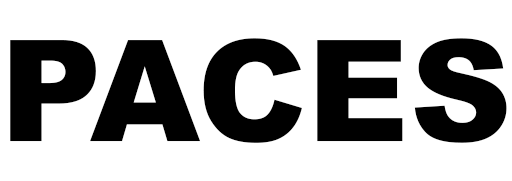
Wo, wo, wooooah!
Yey, yey, incredible, right? Here’s a polished version of that one.

Oooohhh…
Here’s something more interesting! You can also move the word to the top and have it reappear from the bottom. In this case, I’ve not designed a full word, but a single letter. The D can turn into a K.

Wha.. oh… dk… Idk… what?
Well, D and K are just a pair of letters that works naturally in this case, but you get the meaning. You can not only slide letters right and left, but also up and down. Isn’t that amazing?
I mean… my mind is blown. I’ve never thought of that!
Me neither. At least before I did this study. When I discovered this, my mind was blown too! And now we both know it. Everyone knows it. Now go out there and draw some translation ambigrams, my friend!
I’ll give it a try! But, can we just change that name? I don’t like translation ambigrams as a name. It’s too… scientific.
Well, why not? I’ve already thought of that and I came up with “slidegram”.
Ooooh, I like that! Slidegrams it is then! So, what are these two sub-types of slidegrams called?
I guess the “paces into space” ambigram is a horizontal slidegram. The D-K is a vertical slidegram. Actually, you can also have a diagonal slidegram.
What? Really? How would that work?
The word would slide both left-right and top-bottom, at a specific angle and distance.
Tricky! Have you ever done one?
Not yet, but the theory is there. I’m sure someone will try creating a diagonal slidegram soon! If not, we’ll work together and create one in the future, what do you say?
I would love to do so! So, can you sum up what we currently know about geometric ambigrams?
Of course, here’s the map of the blue horizon, that’s how I like to call it.

Nice! Now what?
Well, you tell me. What do you think comes next?
I don’t know. We maybe should move to the mind category.
No, no, not yet!
Why’s that? All rigid geometric transformations achieved. Aha! I got it! Non-rigid transformations?
No, not yet.
Well, as said, all geometric transformation unlocked. Mission complete. Let’s move on to the mind ambigrams, I’d say.
Stay with me. There is more in this blue horizon, I promise. And this is because… there are the…
 What geometric transformations are there?
What geometric transformations are there? 


